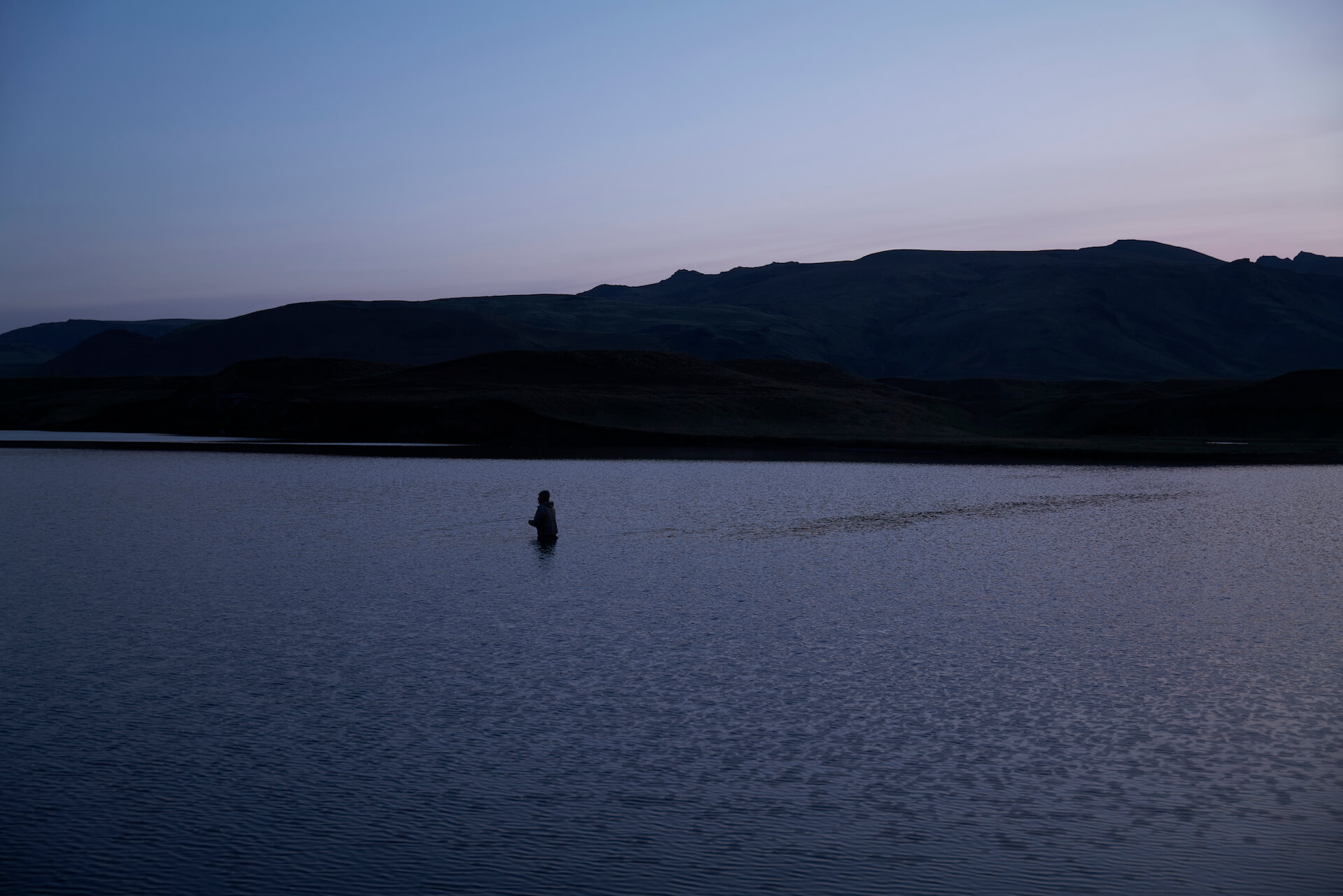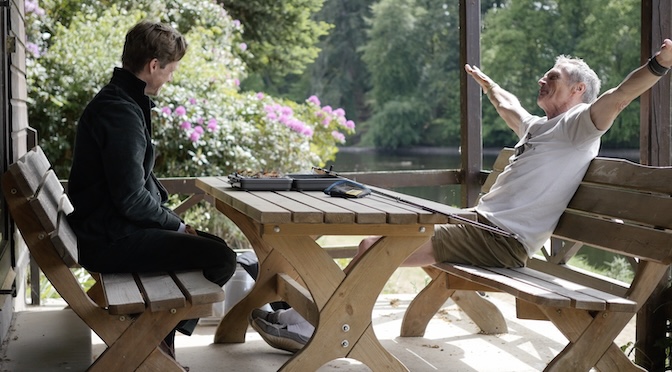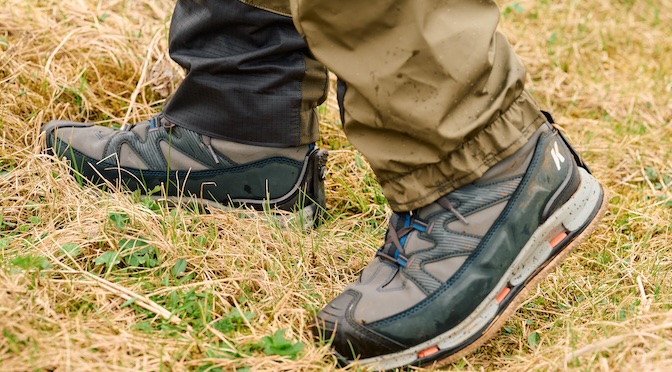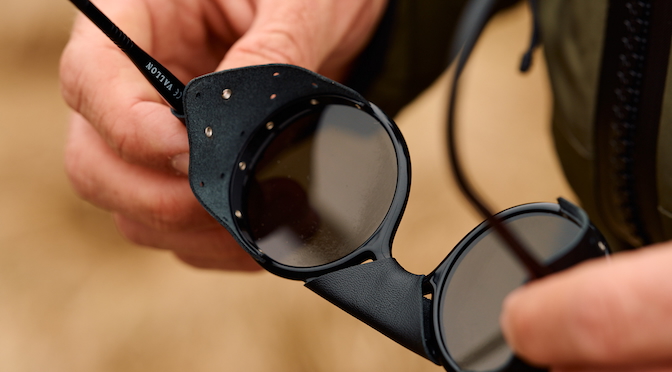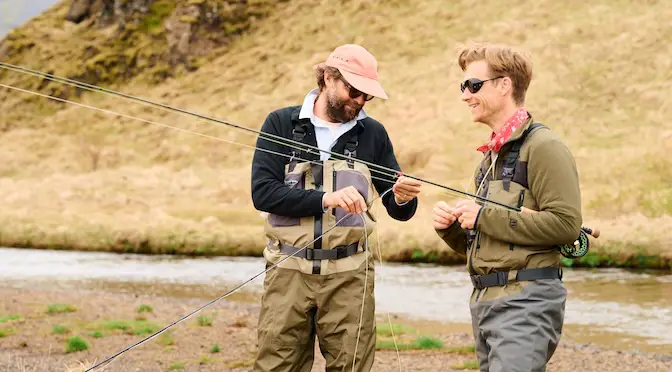- Wading Wisdom #13 – Simon Gawesworth - July 7, 2025
- On the Water with the Korkers Bantam Lite - June 26, 2025
- How to Find Trout in Rivers & Streams Anywhere - June 13, 2025
There aren’t many places left on this planet where menkind hasn’t left its mark.
Iceland, thanks to its isolated location in the Northern atlantic, has managed to retain much of its pre-historic beauty. Of course it has seen an influx of tourists from around the world in recent years but large parts of the island have remained rugged and natural. With only 380,000 people, Iceland only has about half as many inhabitants as Alaska.
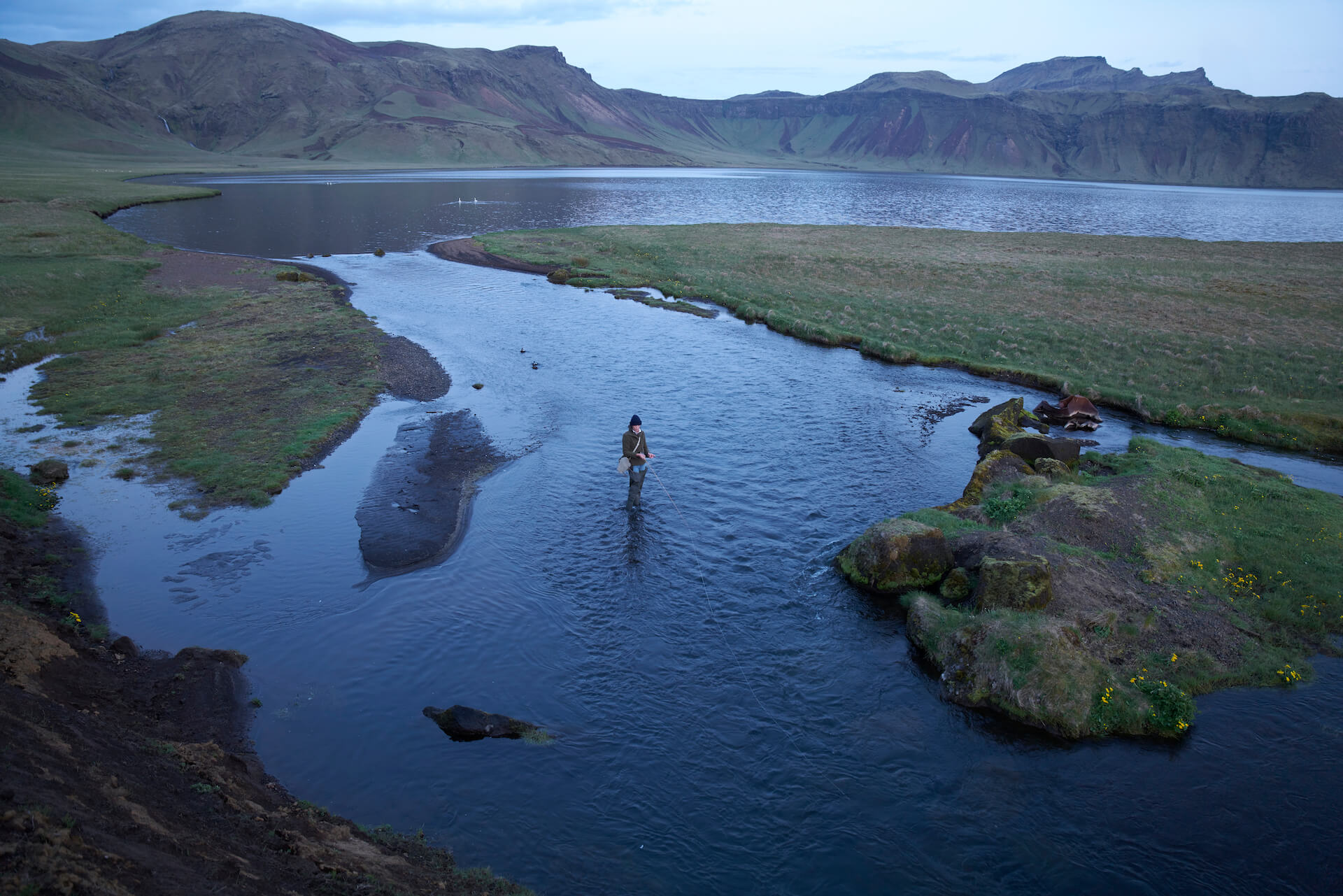
I was fortunate enough to travel to Iceland last year to fish the beautiful waters of Heidarvatn on the Southern coast. What struck me most besides the excellent fishing was the abundance of wildlife. The loud call of a loon echoed back from the flanks of the mountains and wasn’t drowned out by the sounds of civilization. Numerous little creeks emptied into the lake we were fishing and provided spawning grounds for sea trout and salmon.
But these precious landscapes are endangered by industrial fish farming. Open net pens to raise farmed salmon have sadly become a common sight in almost all the mighty fjords of Norway. And since the world’s hunger for salmon seems insatiable, the seafood producers have discovered the pristine waters of Iceland to expand their operations.
But resistance is forming amongst the population of Iceland to stop this development. A new film produced by outdoor brand Patagonia shines a light on the problem that has many facets. First of all salmon farming touches upon the question of animal rights as these fish live in terrible conditions and hence suffer from a very high mortality rate. Secondly, these open net pens break at times and farmed salmon escape and breed with wild salmon in the rivers deteriorating the gene pool of wild stocks. And thirdly, the sorroundings of these open net pens suffer from an enourmous degree of pollution from the excrements of the farmed animals posing threads to young wild fish swimming along the net pens on their migration to the open ocean.
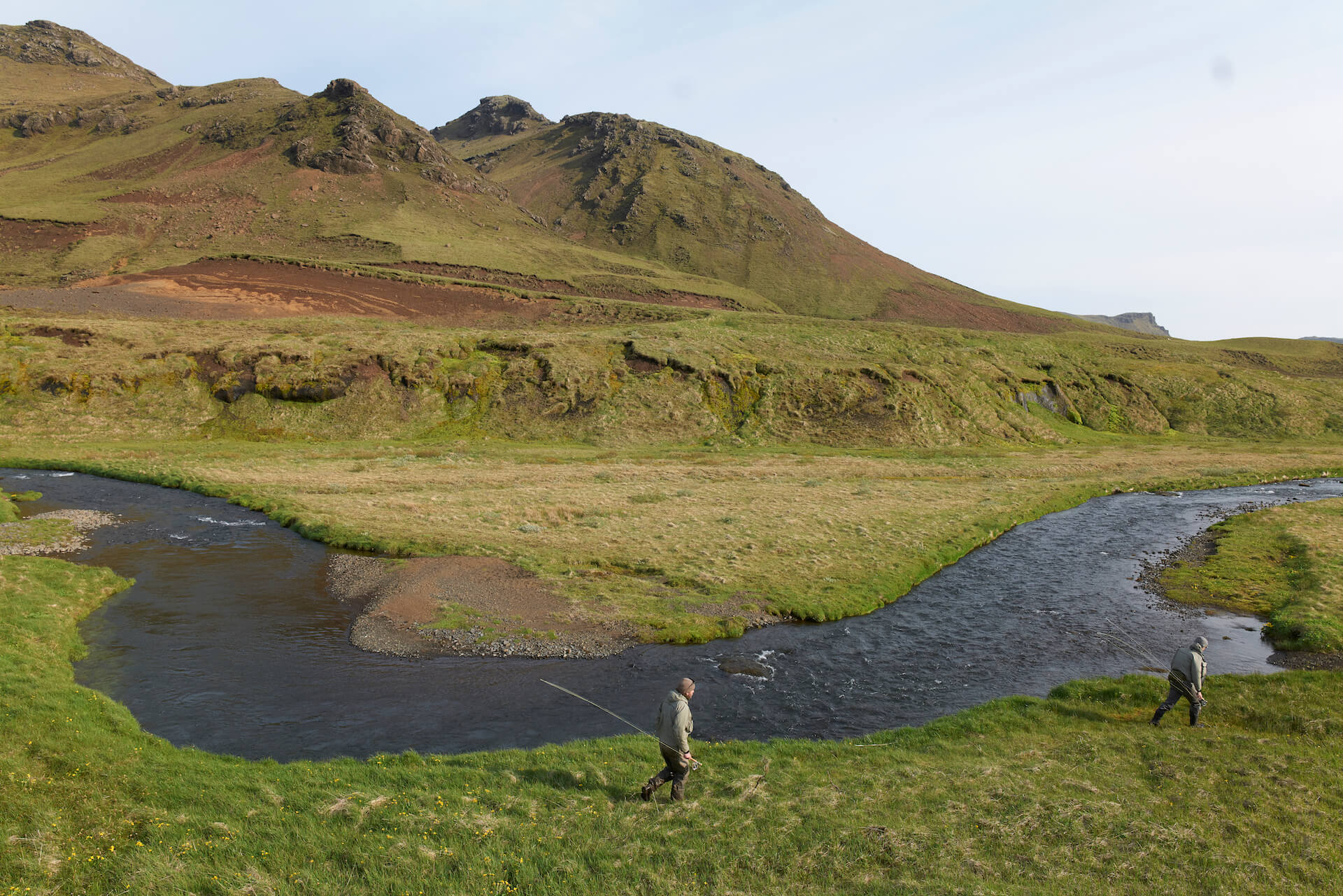
In 2024, the Iceland government can set the course to protect the Icelandic fjords from commercial salmon farming and all the problems caused by it. I strongly encourage you to watch the film “Salmon nation” to understand the scope of the problem and what’s at stake, not only in Iceland but in terms of protecting wild stocks and nature in general.
If you want to support the fight against commercial salmon farming in the pristine waters of Iceland, you can sign the petition to stop this development.

